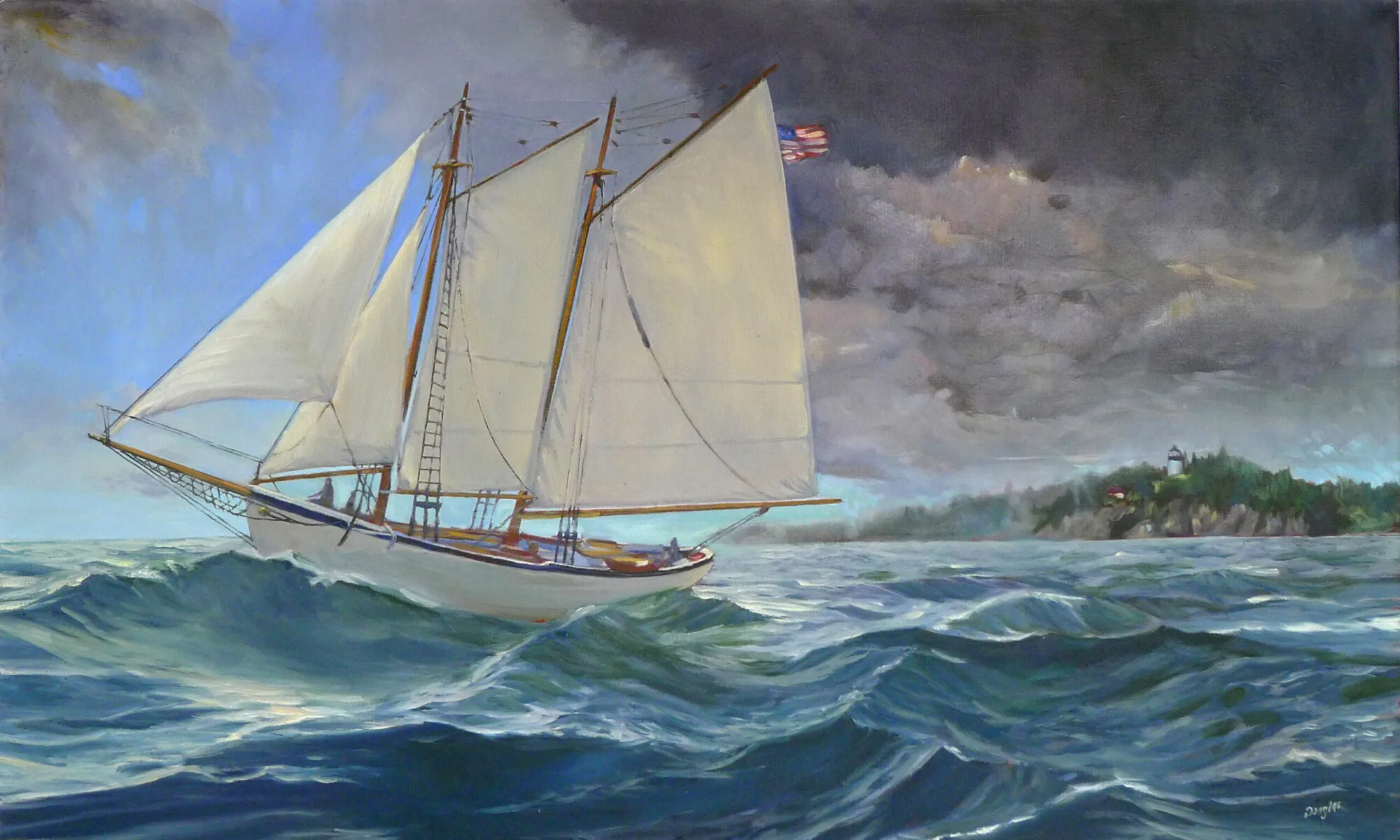 |
|
Chelsea Workhouse: A Bible Reading (Our Poor), by James Charles, 1877.
|
All Rochester has been talking about the city bulldozing a tent city occupied by the homeless right before Christmas. We’re at the Sturm und Drang phase of the political theater; close on its heels will be the farce. In the spirit of Ebenezer Scrooge, let’s revisit the history of the workhouse.
 |
|
Charity, Pieter Bruegel the Elder, engraving
|
The first recorded almshouse in Britain was founded around 900 AD by Æthelstan; there is an almshouse from the 12th century still functioning in Winchester. Some almshouses were attached to monasteries; others were independent. Monks, nuns and their lay helpers cared for lepers, the poor, pilgrims, or the sick; the terms “hospital” or “hôtel-Dieu” were also used, because the work of almsgiving and medicine overlapped.
 |
|
Hôtel-Dieu de Paris, circa 1500.
|
After the population of Europe was laid waste by the Black Death, laborers (in one of the few examples in history) found themselves in great demand. In 1388, the Statute of Cambridge introduced regulations restricting their movements, which effectively restricted their wages. This legislation also made county government responsible for the poor. Ultimately this would be refined to include a formal tax for poor relief and a system of oversight by each (church) parish vestry.
 |
|
Collecting the Offering in a Scottish Kirk, John Phillip
|
The problem of the poor was exacerbated by Henry VIII’s Dissolution of the Monasteries. The religious had not only provided charity, they had provided employment. A few years later, The Poor Relief Act of 1576 established that the principle that if the able-bodied poor needed support, they had to work for it. This would remain the theme of public assistance right up to the 20th century, with harsh penalties for idleness.
 |
|
Poor Blind East End London Stepney Workhouse, 1890, print, artist unknown
|
The beginning of the 19th century was a lousy time to be poor. Mass unemployment followed the end of the Napoleonic Wars. This combined with a series of terrible harvests and the industrialization of rural employment to swamp the parish-by-parish relief system. The New Poor Law of 1834 required that the indigent enter poorhouses to get help. The tenor of the time meant that some administrators were gung-ho to make a profit on the unpaid labor of the people they were supposed to be helping. The work was backbreaking—crushing stones or “picking oakum,” which meant unraveling old ropes so that the fibers could be reused for caulking timbers in boats. In 1862, girls under 16 at Tothill Fields Bridewell had to pick 1 pound of oakum a day, and boys under 16 had to pick 1½ pounds. Over the age of 16, girls and boys had to pick 1½ and 2 pounds respectively.
 |
|
Some Poor People, Henry Herbert La Thangue
|
In America, the workhouse often took the form of a poor farm, which might be in the same complex as a prison farm. These were municipally run, and, like the workhouses, operated until the Social Security Act of 1935 provided basic support for the elderly.
 |
|
An Almshouse Man in a Top Hat, Vincent Van Gogh, 1882
|
The “tramp” or “hobo” has existed since antiquity (in the form of the “wandering beggar”). They became more common with the Industrial Revolution, with its ill-paying, marginalized casual labor and endemic housing shortages. In the United States, trainhopping became a viable means of transportation after the Civil War, used by hobos. These migratory homeless men developed their own culture, signs, and language. The tramp or hobo was homeless, but he was very much a working man, in contrast to the “bum,” who stayed in one place and was generally not motivated to work.
 |
|
Hobo and Dog, Norman Rockwell, 1924
|
Let me know if you’re interested in painting with me in Maine in 2014 or Rochester at any time. Click here for more information on my Maine workshops!
